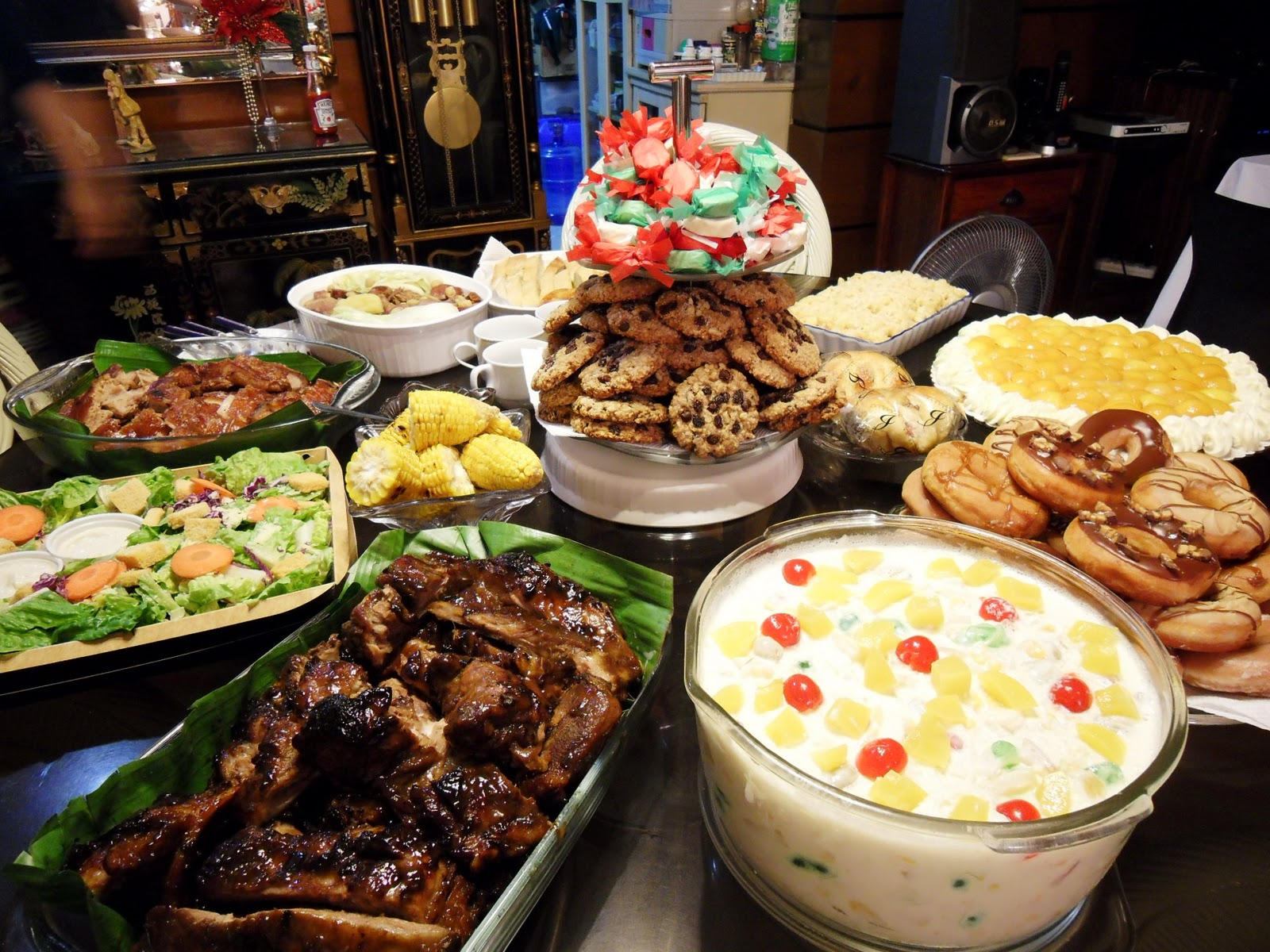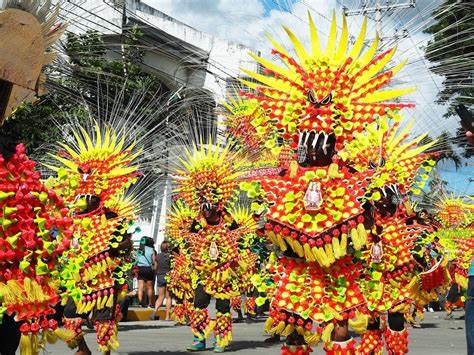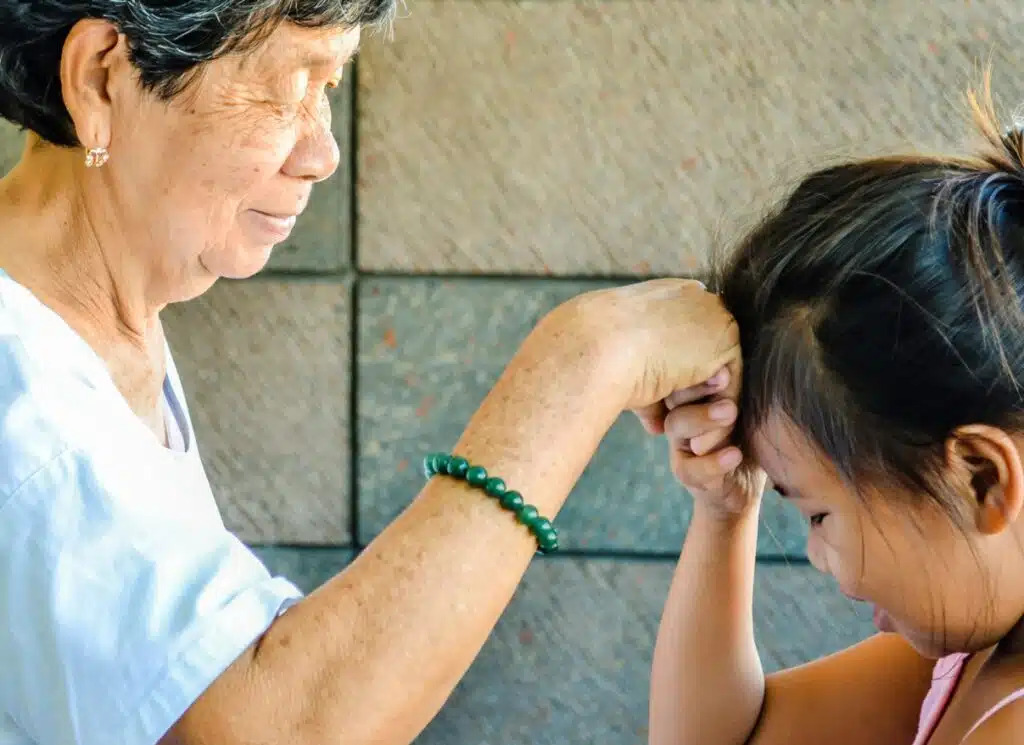【講師コラム】エリカ講師No.5~Philippine Home Traditions: A Glimpse into Cultural Riches~
Englishbuds 管理人 MommyKayo です。
また金曜日がやってきましたー!
1週間本当に早い💦
今、冬休み中の企画を考えたりしているため
気が付けばあっという間に時間が過ぎている感じです・・・。
楽しいこと考えていると
時間ってすぐ過ぎちゃいますよね(^^)
そうなんです✨
なかなか冬休み企画、楽しい企画が続々と完成中です♪
どうぞお楽しみになさっていてください!
今日の講師コラムの担当は【エリカ講師】です♪
Philippine Home Traditions: A Glimpse into Cultural Riches
The Philippines has a rich and diverse cultural heritage that is deeply embedded in the daily lives of Filipinos. These unique customs showcase the rich cultural heritage of the country and reflect the values, beliefs, and practices of its people. Here are my top five most distinct and fascinating Philippine home cultural traditions and customs.
- Noche Buena and Buena Noche
Noche Buena and Buena Noche are significant customs in the Philippines associated with Christmas Eve celebrations. Filipinos refer to the grand feast shared by families and loved ones on the night of December 24th as “Noche Buena”. It is a joyous occasion that brings family members together to enjoy a sumptuous meal featuring traditional Filipino dishes and delicacies This celebration is filled with joy, laughter, stories, and gift exchanges. Buena Noche is a Christmas gathering that extends into late hours, allowing families and friends to continue festivities with music, games, and food During Christmas, Filipino customs prioritize family togetherness and abundance, creating a warm and memorable atmosphere in homes.
- Fiestas
Fiestas are an integral part of Filipino culture, deeply rooted in religious and communal traditions. These celebrations honor patron saints or significant events and are characterized by lively festivities, feasting, processions, and various cultural activities. Fiestas are events that bring together the entire community to celebrate, with both locals and visitors taking part in the joyful ambiance. During fiestas, people open their homes and offer hospitality to guests, and households prepare elaborate feasts to share with their neighbors and relatives. Traditional dances, music, and street performances are also common during these events.
- Kamayan and Boodle Fight
Kamayan is a customary Filipino way of dining, where banana leaves are used as plates, and diners eat with their hands. This dining practice is also known as “salusalo” and is often observed during special occasions and celebrations. It emphasizes the value of food and dining traditions in Filipino culture, as well as the importance of sharing among family members. Boodle Fight, a communal dining experience that features traditional Filipino dishes like rice, grilled meats, seafood, vegetables, and tropical fruits laid out on a long banana leaf-covered table, has recently gained popularity in gatherings. This unique dining experience embodies the spirit of camaraderie and togetherness. Participants gather around the table and use their hands to eat, known as kamayan or eating with one’s hands. The tradition of sharing a meal called “Boodle Fight” originated in the military. It was intended to foster equality and unity among soldiers. Nowadays, it has become a popular practice for families, friends, and even in social gatherings.
- Balikbayan Boxes and Pasalubong
Filipino Balikbayan Boxes and Pasalubong are popular ways of sending gifts and souvenirs to loved ones in the Philippines. Balikbayan Boxes are typically filled with non-perishable food items such as chocolates, canned goods, and snacks that may be difficult to find or are more costly in the Philippines. Both Balikbayan Boxes and Pasalubong are gifts that Filipinos hold dear. They are often given by family members or friends who have been away or travelling and contain items such as clothing, accessories, toiletries, household items, and small electronic gadgets. These gifts are chosen with care to bring joy, connection, and a piece of the sender’s experiences to their loved ones. Balikbayan boxes and Pasalubong are symbols of love, thoughtfulness, and the desire to share experiences and blessings. In short, they are a tangible representation of the affection and generosity that is deeply ingrained in Filipino culture.
- Respect for Elders
In Filipino culture, showing respect for elders is highly valued. Children are taught to use “po” and “opo” as a sign of respect. It is a practice for younger family members to show deep respect and value towards their elders through a traditional act of reverence called “pagmamano”. This act involves gently bringing the hand of an elder to one’s forehead, signifying filial piety and honoring one’s elders. Pagmamano is an important gesture of respect that has been passed down through generations and holds a significant place in Filipino culture. When greeting the elderly or entering their home, say hello, as well as saying goodbye when leaving. The gesture usually says “Mano po” while taking the hand of the older person and bringing it to their forehead.
なんと5つも紹介してくれました♪
私が一番「そうだね!フィリピンっぽい!」と思ったのは
“po”と”opo”という表現です。
フィリピンでは英語とタガログが融合した
タグリッシュ(Taglish)というものがありますが
“Thanks po”のように
poが付いてくる英語よく耳にしますよね~。
poという響きがなんともかわいいなと思っていました✨
だんだんフィリピンの食と文化に詳しくなってきました!
来週の担当は【エセル】です(^^)
どんな風習を紹介してくれるのか楽しみでーす!お楽しみに♪
にほんブログ村


